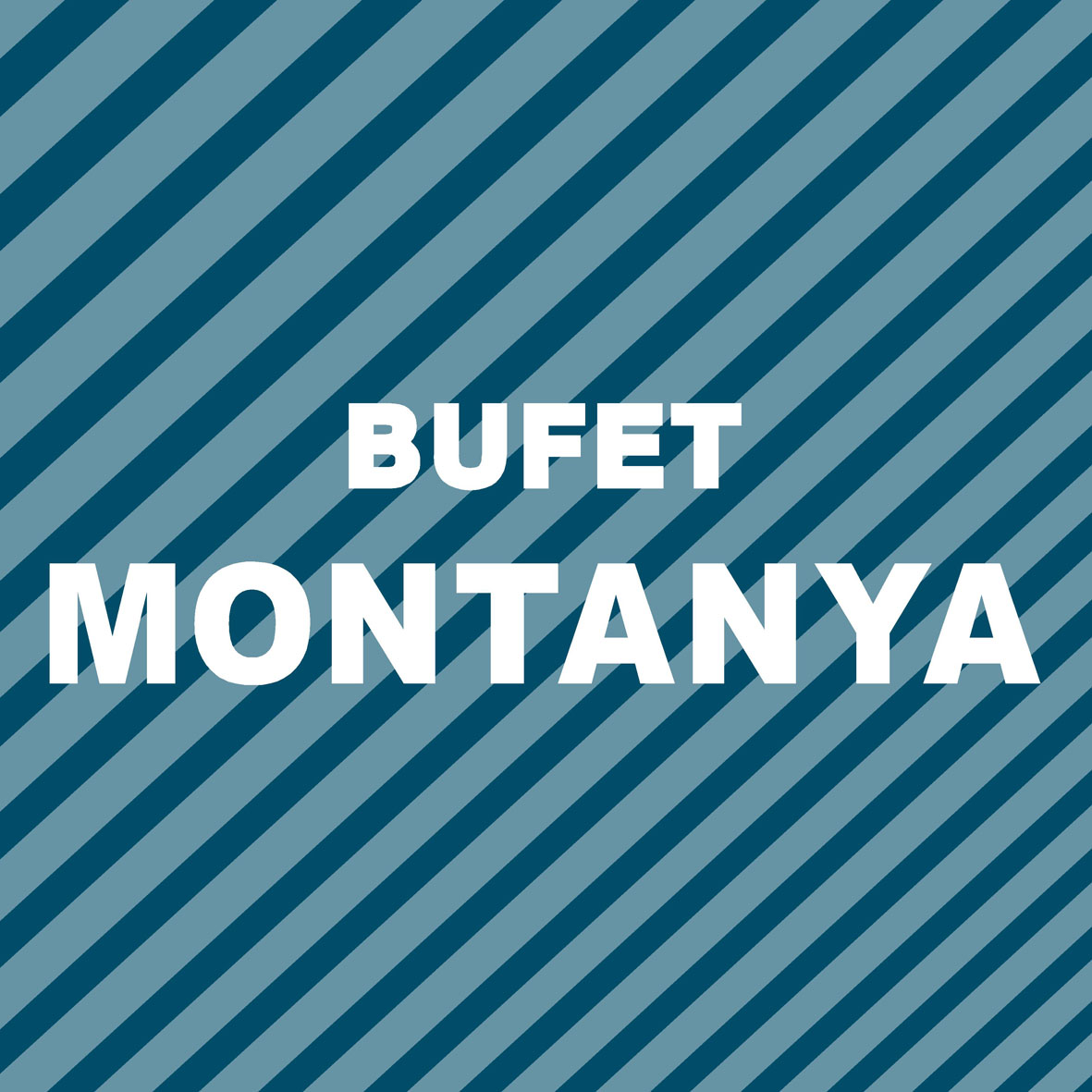A domain name is an Internet address. The character set that form this address is used to identify this particular network site. Therefore, the Internet domain name is an identifier of any activity in the field of Internet (eg www.udl.es )
The most important feature of a domain name is that's unique, and two people or organizations can not have both the same domain name. The computers on the Internet are identified by a long number which is called IP addresses. As it is difficult to remember, domains were created to replace the numbers with words, and so facilitate memorization.
The words that form the domain name are within a hierarchical structure. For this reason there are several types of domains, according to this hierarchy.
1. TLDs (top level domains): tell us the activity to which they correspond, determine the entity or determine the geographical location. There are two groups of 1st level:
1.1 Generic. They are granted on an international level, for businesses and individuals worldwide. ( Eg . Com .net / .org / .edu / .gov / .mil / .int )
1.2 Geographic. Are those corresponding to the territory code of each country, and can only be formed by two letters. (eg .es / .ro / .ar , etc.).
2. Second level domains: is the name that is between the www and top level domain. (eg www.udl.es , in this case the second level domain would be " udl " ) .
3. Third level domains is the name that is between the second-level domain and the first level ( eg www.anagio.org.es in this case would be the "org" ) .
Between the different Internet domains are several problems. To start talking about this, first of all we have to refer to the cybersquatting. The cybersquatting is defined as ... any kind of abusive and improper harvesting ... consistent in that the cybersquatter intends to take advantage of their priority in the domain name registration of certain distinctive signs, personality rights or intellectual property * .
Therefore, we can mention three kinds of conflicts that are the most frequent in real life.
a. The collision between domain names and distinctive signs
In this case, the domain names come into contact with marks and trade names well known to the public. In this case, the cybersquatter tries to anticipate the mark and to register the domain of the mark, then sell it at high price. The speculator tries to maximize the spread and prestige of the brand.
b. The collision between domain names and personality rights
In this situation, the domain names conflict with the rights to the name itself, as is the case with famous names. Yet the case has been ruled on this conflict in different states, such as Germany. In Germany, the judgment Mannheim Oberlanesgericht of March 9, 1996, were given the right to be the City and the University of Heidelberg who they had the ownership of the domain name www.heidelberg.de and not a private company.
c. The collision between domain names and intellectual property law
These problems arise between domain names and works with prestigious titles in the fields of art and entertainment. In this case, the cybersquatter tries to find out timely the name of the movie, or work not yet published in order to register a domain with that name. Like the other cases, this is done in order to increase the value of the domain in bad faith.
SOLUTIONS TO THESE CONFLICTS
The most effective solution is very often accepting the claims of the cybersquatters and getting the transfer of the domain. However, there are the following possible solutions:
1. Prevention: is intended is to avoid a priori the cybersquattin. What is sought is that the owner of the brand registers the domain before the cybersquatter, to avoid possible conflicts.
2. Negotiation court: tries to avoid going to the Court, as it's a cumbersome and expensive procedure. In order to achieve this, the cyber squatter and the owner of the brand come together to reach an agreement.
3. The court case: is a long and expensive process, by which you want to fix the problem domain. This raises a very common problem when it comes to practice, in the event of plaintiff and defendant is from different countries or geographical areas, which hinders the execution of the judgment.
4. Litigation Arbitration: The WIPO Arbitration and Mediation Center: this litigation are solved by a specialized organ of the UN, which is constantly expanding. The AMC is seeking equity and is decided by the forcible transfer of the domain name, using the following criteria:
- Identity or similarity of the domain name with an earlier mark the applicant to create confusion.
- Defendant's lack of rights or legitimate interests in the domain name dispute.
- Bad faith domain name registration.
POSSIBLE CONFLICTS BETWEEN EACH OTHER DOMAIN NAMES
When it comes to domain name conflicts with another, we imply those collisions that arise between identical o similar domain names, belonging to unknown owners. The difference with the other conflicts is that in this case the owner acts in good faith from a geographically distant location to which only the network has contacted. The court is trying to resolve them equitably to avoid confusion or mistake it can be moved to the public.
